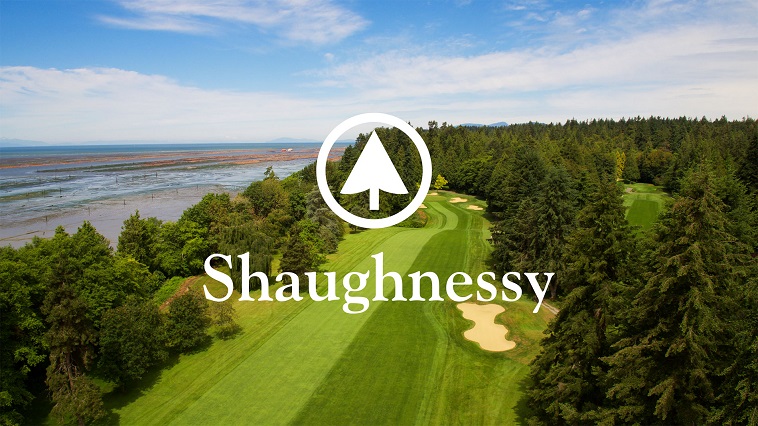The most popular channel may change over time, but the social media momentum continues to grow. For some clubs it can be difficult to know what to post, when and how often. We asked GGA’s Linda Dillenbeck to spell out all things social.
There is not a day that passes that doesn’t have a news report about something posted on a social media channel. Nor does a day pass when you don’t see consumers glued to their devices and feverishly typing the latest content they simply must share.
Whether we like it or not, social media has changed the way consumers communicate and gather information. Today, brands must have a social media presence or they miss the opportunity to reach 78% of the U.S. population who rely on these platforms to connect, gather information and socialize.
Consider these facts from Statistica and the Pew Research Center:
- 68% of U.S. adults report they are Facebook users. Roughly three-quarters of those users access Facebook daily.
- Facebook use is relatively common across a range of age groups, with 68% of those in the 50 to 64 age range and nearly half of those 65 and older report they use the site.
- Over 70% of Instagram users are between the ages of 25-65. The share of users 35-54, a key target for future club prospects, is 30.2%.
- Twitter has 67,000,000 users in the U.S. Of that number, 46% access the site daily.
- LinkedIn has approximately 154,000,000 users in the United States, around half of whom are college graduates living in high-income households.
- Women are nearly three times as likely as men to use Pinterest (42% vs. 15%).
Despite the reach of social media, we often hear the reason clubs are not active on most of these platforms is because they don’t have enough time. Our first recommendation is always this: Find the time.
Your members and prospects are engaging with these platforms on a daily basis, and what they read, see and hear there plays a part in their decision-making. Without any Club presence, you forego this opportunity to engage with their lives and influence them.
Furthermore, a lack of presence can leave you at a competitive disadvantage. In the cases of Instagram and Facebook, these social media platforms will create “unofficial pages” displaying user photos and comments about their experiences. This hands consumers control of your brand message, allowing them to dictate the tone of conversation and could lead to a misrepresentation of your Club in this space.
Channel choice
To select the social sites most appropriate for your Club it helps to understand each platform’s purpose as well as consumer expectations for the type of content they seek.
Facebook users want to be entertained, educated, informed and obtain answers to questions in real time. On Facebook, your posts can be longer and include website links. You can also create events (open or closed) to promote to your members, prospects and wider stakeholders.
Instagram is a platform to share your story through photos and video. When users log onto Instagram, they want to be inspired and surprised by what they see at your Club.
The primary purpose of Twitter is to allow people to share thoughts, opinions, news and events with a large audience. Tweets that generate the most engagement are “how-to” lists, questions and quotes.
Remember, both the nature of the platform and demographic of the users there will dictate that not all are appropriate or impactful for your Club. So be selective, and double up your efforts on which are most fruitful rather than spreading yourself thinly across too many of them.
Crafting your message
The thought of creating content for social sites can be intimidating at first, however, we believe there is plenty of information to share. A few examples include:
- An individual post of each golf hole with a short description of how to play the hole (that’s 18 or 36 posts).
- Photos or short videos of your chef preparing signature menu items.
- Unique and interesting design features found in your clubhouse.
- Member events and activities. A word of caution here, never post a photo of a member unless they provide permission when the photo is taken.
- Short golf, swimming or tennis videos offering tips from the professionals on staff.
- Announcements of staff hires, renovations, special events, etc.
- Flora and fauna found around the grounds of your Club.
Once you begin posting your content, it is important to monitor the statistics for likes, shares and comments. This information will help you to understand the type of posts generating the most engagement. Once you are equipped with that information, you can focus on how to generate more of the same.
Social media marketing does require time and effort. But once you establish a habit of a monthly or weekly content plan and roll this out you can manage your time investment efficiently, and focus your efforts on establishing a two-way conversation and social identity for your Club. One that, crucially, is consistent with its brand and ethos.
Inspiration
- Bridges Club at Rancho Santa Fe, California
- Tobacco Road, North Carolina
- The Santaluz Club, California
- Bandon Dunes, Oregon
- Bridges Club at Rancho Santa Fe, California
- Medinah Country Club, Illinois
- Cherokee Country Club, Wisconsin
- Desert Mountain Club, Arizona
- Teton Pines Country Club, Wyoming
This article was authored by GGA Manager and Marketing expert Linda Dillenbeck.













